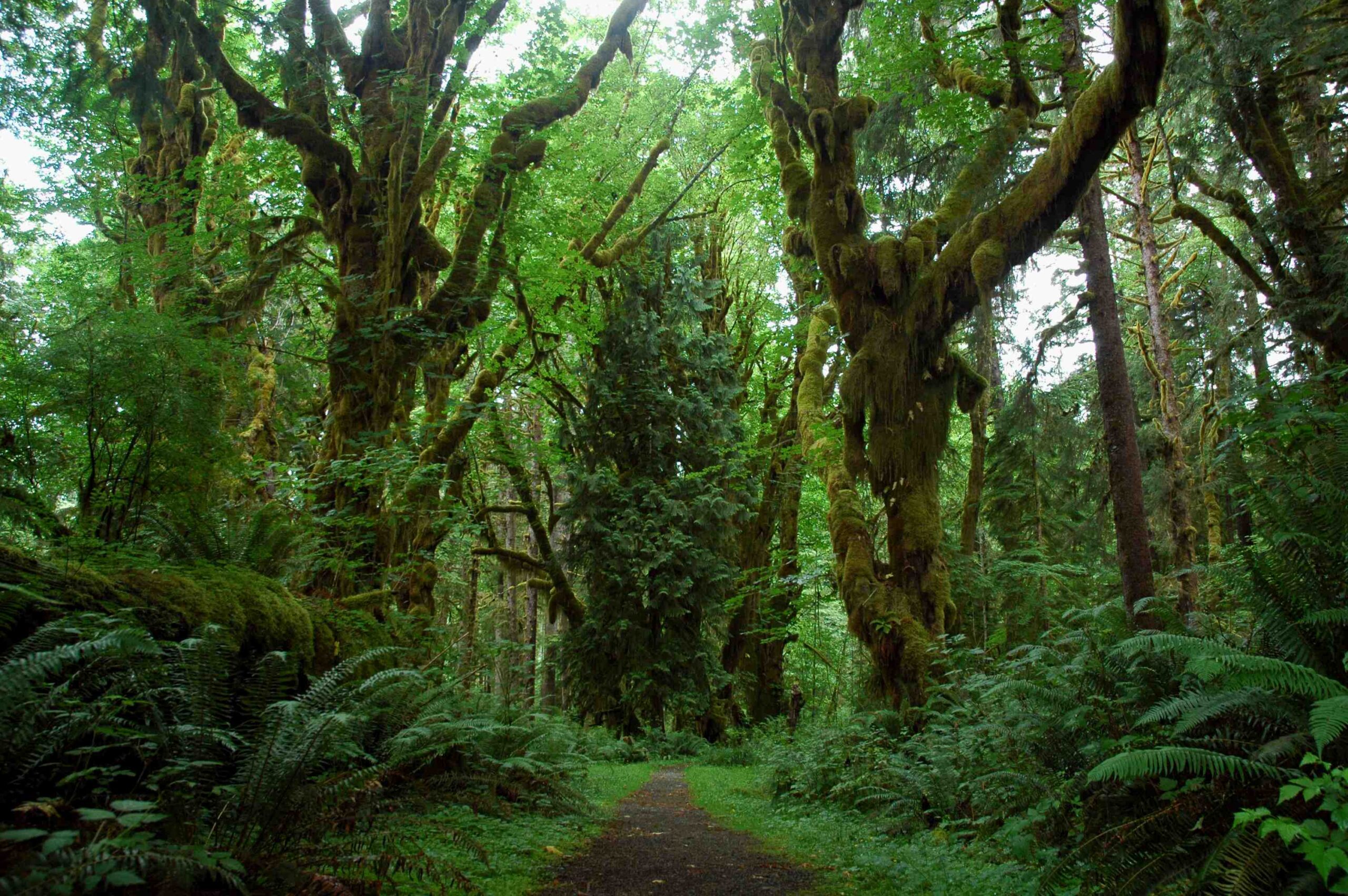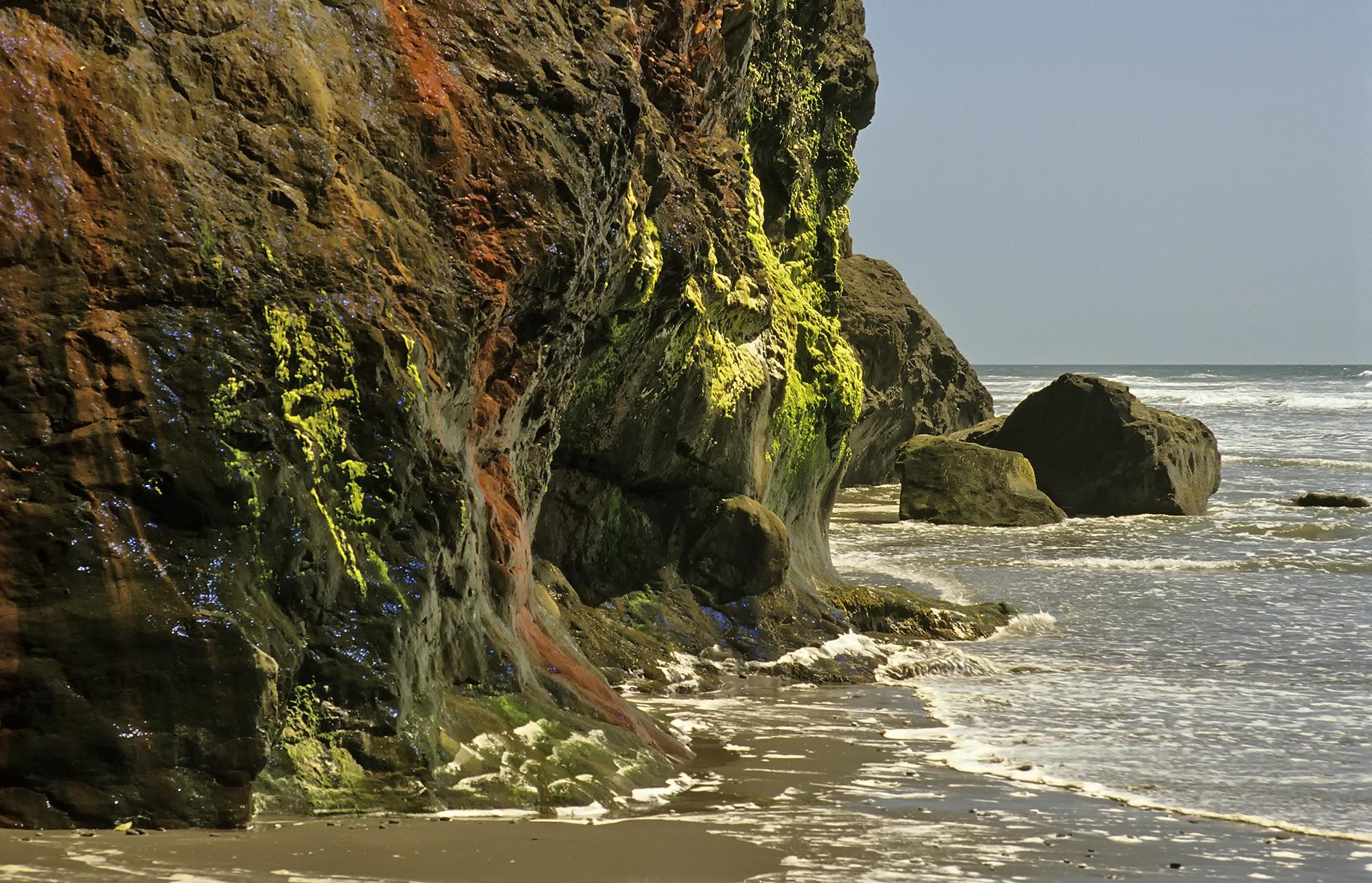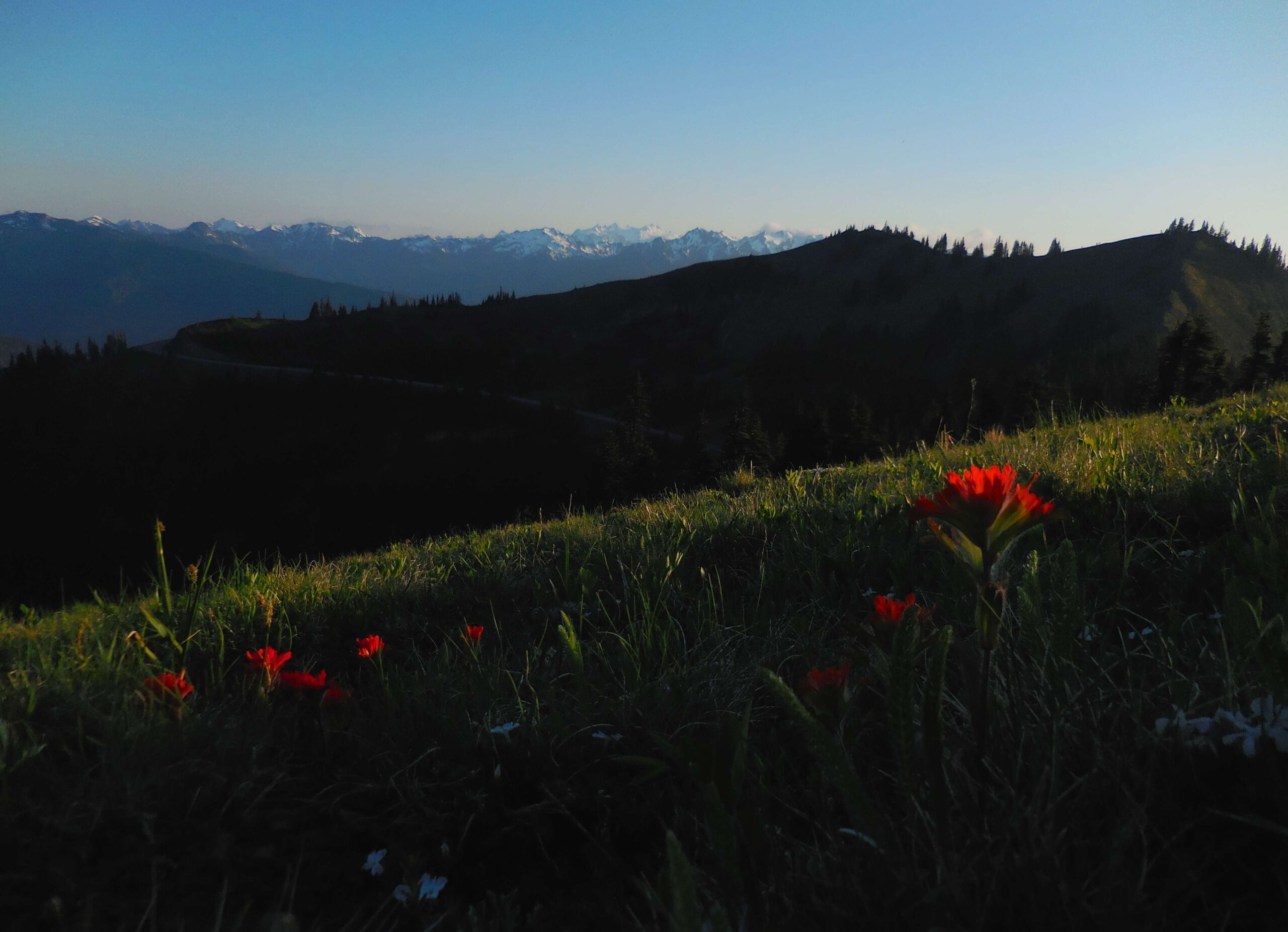The east side of Olympic National Park offers a diverse range of hiking experiences, from challenging mountain ascents to serene lake trails. These hikes showcase the park’s stunning landscapes, including panoramic vistas, alpine lakes, and lush forests. Whether you’re a seasoned hiker or a casual nature enthusiast, the eastern region of Olympic National Park has something to offer for everyone.
What Are the Top 5 Hikes on the East Side of Olympic National Park?

- Mount Ellinor
- Distance: 3.2 or 6.2 miles (round trip)
- Elevation Gain: 2,400 or 3,300 feet
- Estimated Time: 3-5 hours
-
Highlights: Panoramic views of Olympic Peninsula, Mount Rainier, and Mount Baker
-
Lena Lakes
- Distance: 10-15 miles (round trip)
- Elevation Gain: Significant (exact figure not provided)
- Estimated Time: 5-7 hours
-
Highlights: Alpine lakes and mountain scenery
-
Lake of the Angels
- Distance: 5-10 miles (round trip)
- Elevation Gain: Approximately 2,000 feet
- Estimated Time: 4-6 hours
-
Highlights: Alpine lake surrounded by mountain peaks
-
Flapjack Lakes
- Distance: 15+ miles (round trip)
- Elevation Gain: Significant (exact figure not provided)
- Estimated Time: 7-9 hours
-
Highlights: Multiple alpine lakes and mountain views
-
Wynoochee Pass and Lake Sundown
- Distance: 10-15 miles (round trip)
- Elevation Gain: Significant (exact figure not provided)
- Estimated Time: 5-7 hours
- Highlights: Mountain pass and alpine lake scenery
What Safety Precautions Should Hikers Take?

When embarking on hikes on the east side of Olympic National Park, it’s crucial to prioritize safety. Here are some essential precautions:
- Wildlife Awareness
- Keep a safe distance from animals like black bears, mountain goats, and elk
- Store food and trash properly to avoid attracting wildlife
-
Make noise while hiking to avoid surprising animals
-
Weather Preparedness
- Check the forecast before heading out
- Be prepared for sudden weather changes
-
Bring appropriate gear for rain, wind, and potential snow at higher elevations
-
Essential Gear
- Sturdy hiking boots
- Layered clothing
- Waterproof jacket and pants
- Navigation tools (map, compass, GPS device)
- First aid kit
- Headlamp or flashlight
- Emergency shelter and warmth (e.g., lightweight blanket, emergency bivvy sack)
What Amenities Are Available for Hikers?
Hikers exploring the east side of Olympic National Park can expect the following amenities:
| Amenity Type | Available Options |
|---|---|
| Parking | Designated trailhead parking lots (e.g., Mount Ellinor upper and lower lots) |
| Restrooms | Available at some trailheads and visitor centers (e.g., Storm King Ranger Station) |
| Campgrounds | Graves Creek Campground nearby for overnight stays |
| Picnic Areas | Located near some trailheads and at campgrounds like Graves Creek |
How Accessible Are the Hiking Trails?
The accessibility of hikes on the east side of Olympic National Park varies:
- Trail Surfaces
- Range from well-maintained dirt paths to rugged, rocky terrain
-
Higher elevation areas tend to have more challenging surfaces
-
Difficulty Levels
- Trails vary from easy to strenuous
-
Mount Ellinor, for example, is rated as strenuous due to its steep ascent
-
Accessibility for Hikers with Disabilities
- Limited information available for the eastern part of the park
- Some trails at Hurricane Ridge offer more accessible options with paved paths
- Contact the park’s visitor center or ranger station for detailed accessibility information
What Are the Best Times to Hike on the East Side of Olympic National Park?
The optimal hiking season for the east side of Olympic National Park typically runs from late spring to early fall:
- Late Spring (May-June)
- Snow begins to melt at lower elevations
- Wildflowers start to bloom
-
Some higher trails may still be snow-covered
-
Summer (July-August)
- Peak hiking season with generally clear weather
- All trails usually accessible
-
Popular trails can be crowded
-
Early Fall (September-October)
- Cooler temperatures and fewer crowds
- Fall foliage adds beautiful colors to the landscape
- Potential for early snow at higher elevations
How Should Hikers Prepare for Different Weather Conditions?
Weather in Olympic National Park can be unpredictable, especially on the east side. Here’s how to prepare:
- Summer Hiking
- Bring sun protection (sunscreen, hat, sunglasses)
- Carry plenty of water
-
Wear moisture-wicking clothing
-
Shoulder Season Hiking (Spring/Fall)
- Pack extra layers for temperature fluctuations
- Bring rain gear
-
Be prepared for potential snow at higher elevations
-
Winter Hiking
- Check trail conditions and avalanche risks
- Bring appropriate winter gear (snowshoes, microspikes)
- Carry emergency shelter and extra food/water
What Wildlife Might Hikers Encounter?
The east side of Olympic National Park is home to diverse wildlife. Hikers may encounter:
- Black bears
- Mountain goats
- Roosevelt elk
- Marmots
- Various bird species
Remember to observe wildlife from a safe distance and never feed or approach animals.
How Can Hikers Minimize Their Environmental Impact?
To preserve the natural beauty of the east side of Olympic National Park, hikers should follow Leave No Trace principles:
- Plan ahead and prepare
- Travel and camp on durable surfaces
- Dispose of waste properly
- Leave what you find
- Minimize campfire impacts
- Respect wildlife
- Be considerate of other visitors
By adhering to these guidelines, hikers can help protect the park’s ecosystems for future generations.
What Are Some Lesser-Known Hikes on the East Side of Olympic National Park?
While the top 5 hikes mentioned earlier are popular choices, there are several lesser-known trails worth exploring:
- Marmot Pass
- Distance: 10.4 miles (round trip)
- Elevation Gain: 3,500 feet
-
Highlights: Wildflower meadows and mountain views
-
Upper Big Quilcene Trail
- Distance: 12.2 miles (round trip)
- Elevation Gain: 3,500 feet
-
Highlights: River views and old-growth forest
-
Mount Townsend
- Distance: 8 miles (round trip)
- Elevation Gain: 3,010 feet
- Highlights: Panoramic views of the Olympic Mountains and Puget Sound
These trails offer a chance to experience the beauty of the east side of Olympic National Park with potentially fewer crowds.
In conclusion, the hikes on the east side of Olympic National Park offer a diverse range of experiences for outdoor enthusiasts. From challenging mountain ascents to serene lake trails, there’s something for every skill level. By properly preparing, respecting the environment, and staying safe, hikers can fully enjoy the stunning landscapes and natural wonders this region has to offer.
References:
1. Earth Trekkers – 17 Great Hikes in Olympic National Park
2. Hike 734 – Day Hiking in Olympic National Park
3. Wildland Trekking – Olympic National Park 10 Best Hikes

